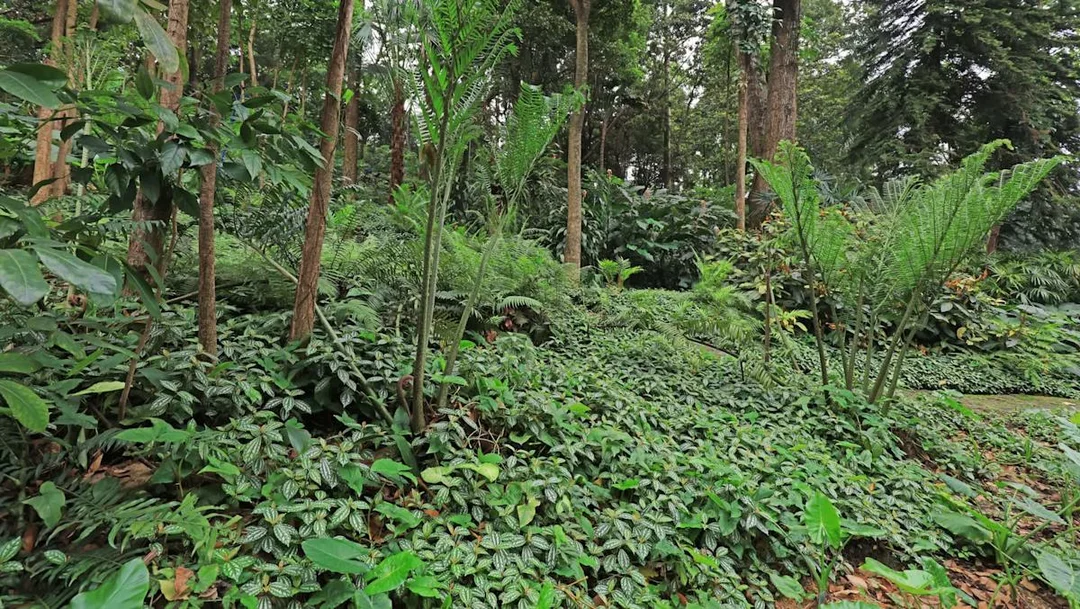
Scientists Excited as Ultra-Rare Flower Once Thought to Be Extinct Begins to Flourish in Wild
In an incredible turn of events, researchers in China are celebrating the return of a flower previously thought to have vanished from existence for over a century. The reemergence of Primulina tabacum, a unique calciphilous perennial herb, highlights the importance of ongoing conservation efforts and biodiversity preservation.
Originally discovered in the 1880s, the flower was last seen in the wild in the 1990s, when three specimens were spotted. Since then, scientists from the Chinese Academy of Sciences have partnered with the Dinghushan National Nature Reserve and the South China Botanical Garden (SCBG) to ensure the plant's survival and promote its growth in its native habitat across Guangdong's karst caves.
As conservation techniques have evolved, the SCBG has established multiple locations for conservation efforts, including a display zone that showcases over 18,000 taxa across 38 themed gardens. The dedicated effort has resulted in the flourishing of Primulina tabacum, with more than 2,400 plant species thriving across an extensive area of 1,155 hectares (approximately 2,854 acres) within the reserve.
In 2002, the SCBG introduced an ex situ conservation program aimed at protecting rare and threatened plant species. Ex situ conservation refers to the preservation of species outside their natural habitats, enabling researchers to study these plants while safeguarding them from the risk of extinction. As Ning Zulin, deputy director of SCBG's horticulture center, emphasizes, "We protect each plant not because of its known value, but because we don't yet know its potential. Once a species vanishes, it's irreversible."
Indeed, plant conservation programs play a crucial role in maintaining healthy ecosystems. They offer essential resources for both humans and wildlife, while ensuring the overall health of our planet. Plants not only provide food and oxygen but also contribute to clean water sources, reinforcing their significance in global biodiversity.
Emphasizing the balance between development and conservation, Wang Ding of the Chinese National Committee for Man and the Biosphere Programme states, "Nature reserves should bridge socio-economic development, not hinder it. Harmony with nature is our guiding principle." This insight reflects a growing recognition of the interconnectedness of ecological health and human progress.
As we reflect on the remarkable story of Primulina tabacum, we are reminded of the critical importance of persistence in biodiversity conservation. How can we, as individuals, contribute to these efforts while fostering a deeper appreciation for the natural world? We invite you to share your thoughts and experiences in the comments below.